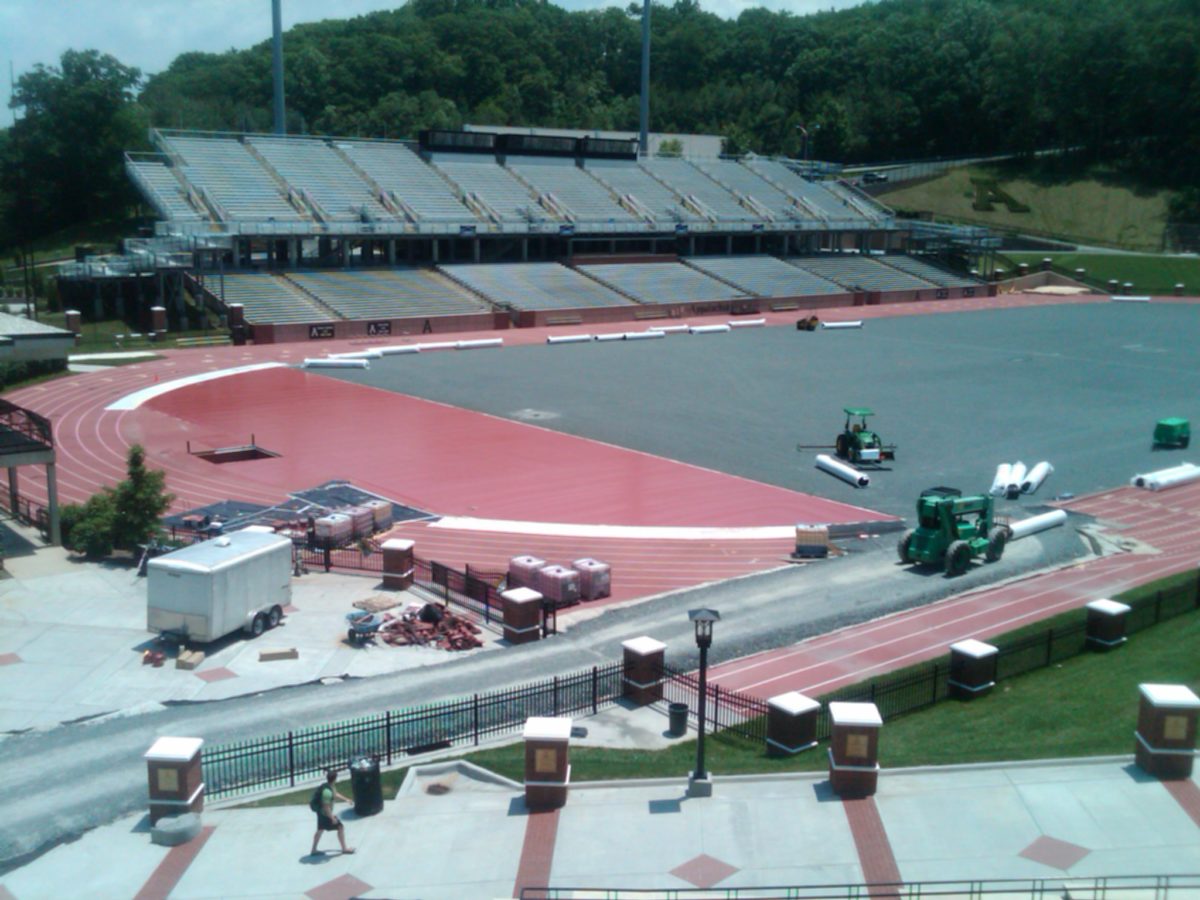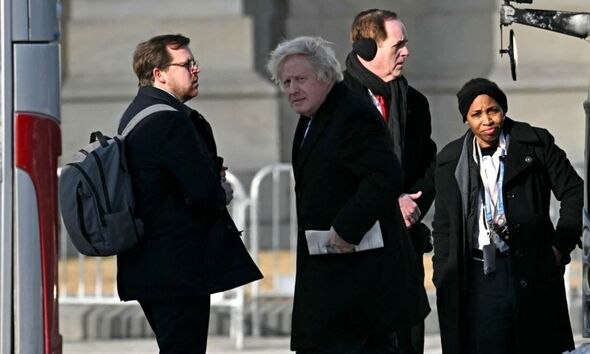Ensuring A Smooth Race: Stadium Track Resurfacing For Champs

Table of Contents
Why is Stadium Track Resurfacing Necessary?
Over time, running tracks inevitably deteriorate. Factors such as exposure to harsh weather conditions, intense usage, and the natural degradation of materials contribute to this decline. A damaged track presents significant safety hazards for athletes. Uneven surfaces, cracks, and potholes create tripping hazards, significantly increasing the risk of sprains, strains, falls, and more serious injuries. This not only jeopardizes athlete well-being but also compromises the consistency and fairness of competitions. A deteriorated track also impacts performance; uneven surfaces disrupt running form and can lead to slower times and reduced athletic potential.
- Weather damage: UV radiation degrades the surface materials, causing cracking and fading. Water damage, from rain and snow, can lead to erosion and weakening of the track's structure.
- Heavy usage and wear and tear: Constant use, particularly during high-intensity training and competitions, accelerates the deterioration of the track surface.
- Material aging and breakdown: The materials used in track construction have a limited lifespan and will eventually degrade, regardless of usage.
- Increased risk of athlete injury: Damaged tracks directly increase the likelihood of athletes suffering sprains, strains, muscle tears, and even fractures.
- Loss of performance consistency: Uneven surfaces impact running technique, leading to inconsistent performance and potentially affecting race outcomes.
Choosing the Right Resurfacing Material for Your Stadium Track
Selecting the appropriate resurfacing material is critical for the long-term success of your stadium track. Several options exist, each with its own advantages and disadvantages. The best choice depends on your budget, intended use, local climate, and desired maintenance levels.
- Polyurethane: Known for its exceptional durability, elasticity, and vibrant color options, polyurethane is a popular choice for high-performance tracks. It offers excellent shock absorption and provides a consistent running surface. However, it can be more expensive than other options.
- Rubberized surfaces: These surfaces offer good shock absorption, enhancing athlete safety. They are relatively easy to maintain and provide a durable, comfortable running experience. They are often a good balance between cost and performance.
- Asphalt: A more cost-effective option, asphalt is suitable for less intensive use. While it's durable, it may not offer the same level of shock absorption or performance consistency as polyurethane or rubberized surfaces.
- Considerations: Budget constraints will significantly influence material selection. The climate, particularly temperature extremes and rainfall, must also be factored in. Intended use—high-intensity training, competitive races, or recreational use—will dictate the necessary level of durability and performance. Finally, consider the ongoing maintenance requirements and associated costs.
The Stadium Track Resurfacing Process: A Step-by-Step Guide
The stadium track resurfacing process is a meticulous undertaking requiring expertise and precision. A successful project involves several key stages:
- Surface assessment and preparation: This initial step involves a thorough inspection of the existing track to identify areas needing repair or replacement. This assessment informs the scope of the project.
- Removal of old surface (if necessary): Depending on the condition of the existing track, complete removal may be necessary before resurfacing. This ensures a level and stable base for the new surface.
- Base layer application: A base layer of material is applied to provide a stable and even foundation for the topcoat. The type of base layer will depend on the chosen resurfacing material.
- Topcoat application: The topcoat is the final layer that determines the performance and aesthetic qualities of the track. It is meticulously applied to ensure a smooth, even, and consistent surface.
- Curing and inspection: After application, the new surface requires adequate curing time to achieve optimal strength and durability. A final inspection ensures the track meets the required specifications.
Maintaining Your Newly Resurfaced Stadium Track
Proper maintenance is crucial for preserving the quality and longevity of your newly resurfaced stadium track. Regular upkeep will extend the life of the track and maintain its performance characteristics.
- Regular cleaning: Remove debris, leaves, and other contaminants regularly to prevent accumulation and potential damage.
- Inspection for cracks, holes, or other damage: Regularly inspect the track for any signs of wear and tear. Address minor damage promptly to prevent larger problems.
- Prompt repair of any damage: Minor cracks or holes should be repaired immediately to prevent them from worsening.
- Appropriate use and restrictions: Establish and enforce rules regarding the use of the track to prevent unnecessary wear and tear.
- Protective measures against weather damage: Implement measures to protect the track from harsh weather conditions, such as covering it during severe storms or applying protective coatings.
Conclusion
Investing in professional stadium track resurfacing offers significant benefits: enhanced athlete safety, improved performance, and extended track lifespan. Choosing the right resurfacing material, following proper installation procedures, and implementing a regular maintenance program are essential for maximizing the return on your investment. Ensure a safe and high-performing track for your athletes. Contact us today for expert stadium track resurfacing services and let’s build the perfect running surface for champions!

Featured Posts
-
 Exportaciones Ganaderas Uruguayas Un Regalo Inusual Para China
May 12, 2025
Exportaciones Ganaderas Uruguayas Un Regalo Inusual Para China
May 12, 2025 -
 The Carrie Snub And Beyond Analyzing Boris Johnsons Animal Interactions
May 12, 2025
The Carrie Snub And Beyond Analyzing Boris Johnsons Animal Interactions
May 12, 2025 -
 The Implications Of Betting On The Los Angeles Wildfires
May 12, 2025
The Implications Of Betting On The Los Angeles Wildfires
May 12, 2025 -
 Accidental Leak Selena Gomezs Photo Hints At Benny Blancos Relationship
May 12, 2025
Accidental Leak Selena Gomezs Photo Hints At Benny Blancos Relationship
May 12, 2025 -
 Golf News Mc Ilroy Lowry Team For Zurich Classic
May 12, 2025
Golf News Mc Ilroy Lowry Team For Zurich Classic
May 12, 2025
